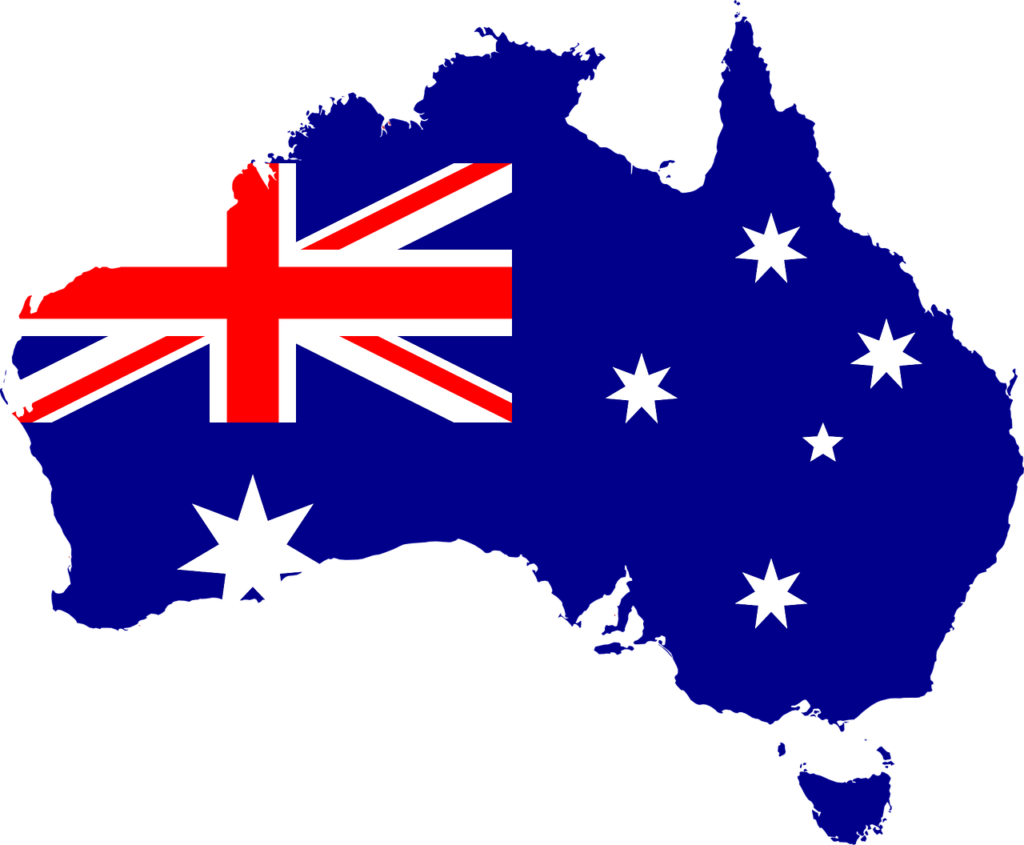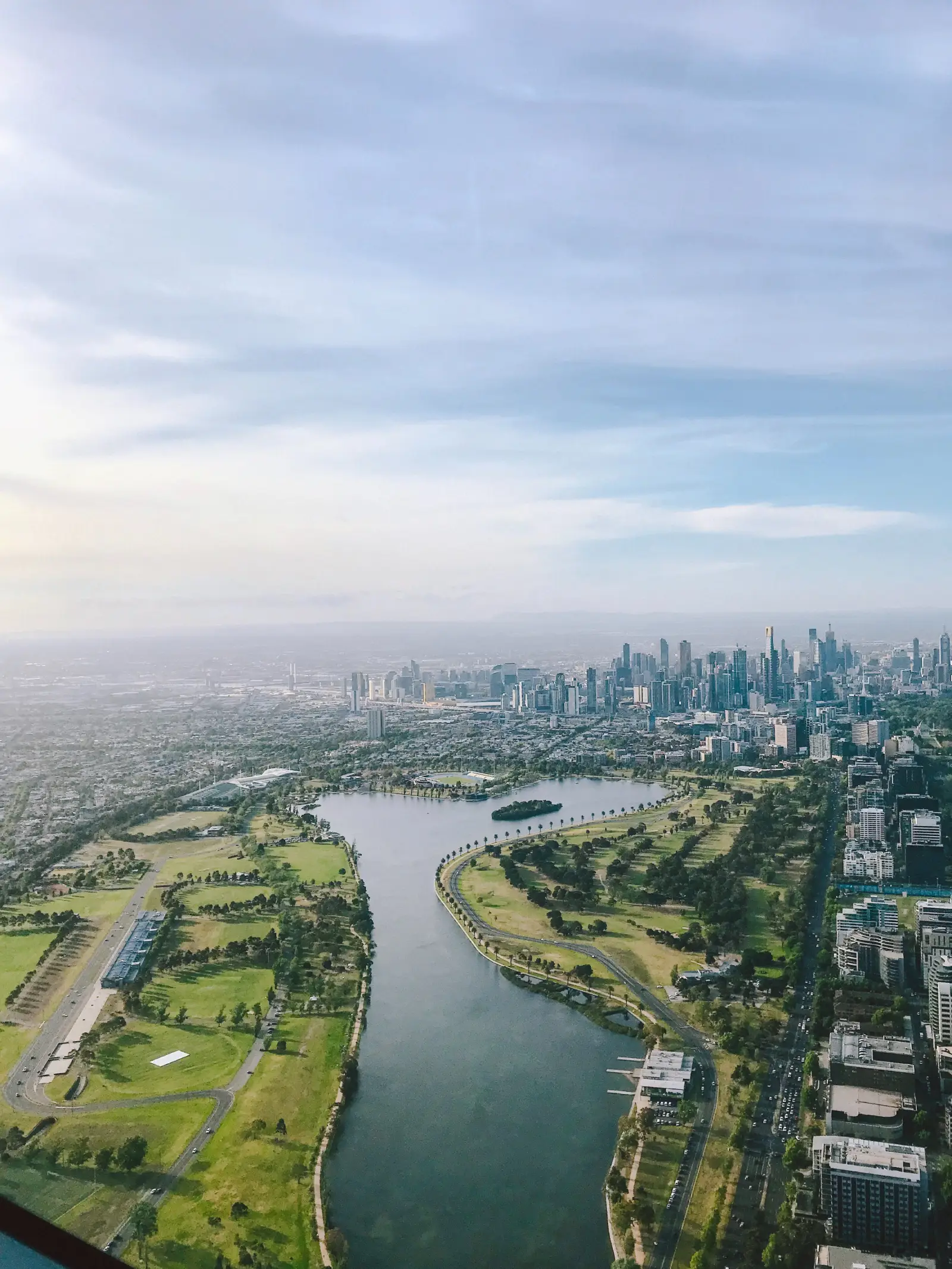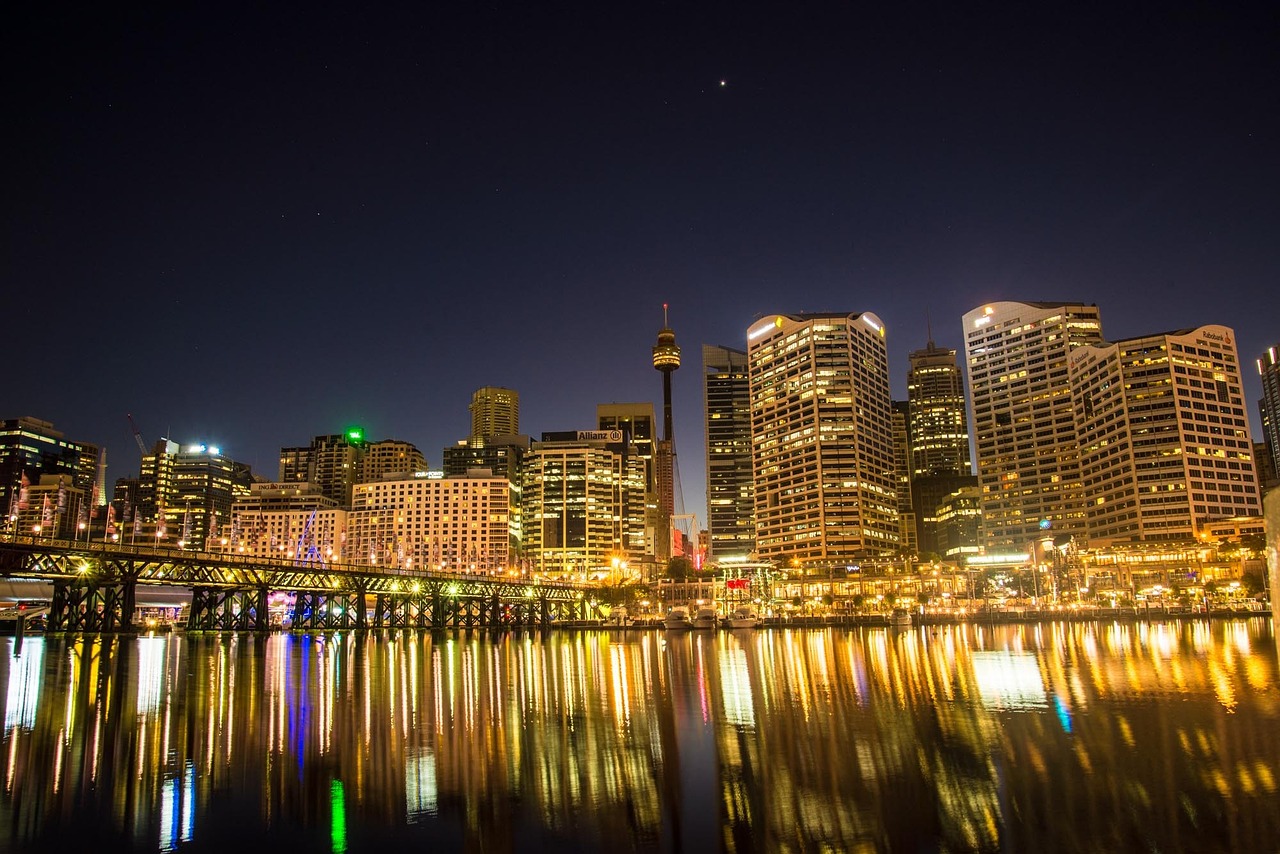
The difference between temporary and permanent residence in Australia and how each affects the cost of living. Discover the impact on employment, social welfare, healthcare, and education for both types of residents.
Uncover valuable strategies to manage living costs while experiencing the vibrant cultural diversity and breathtaking landscapes of this captivating country.
Whether you’re considering a short-term stay or long-term settlement, make informed decisions about your residency type and embrace the opportunities that Australia offers.
Table of Contents
Introduction
Living in Australia is a dream for many individuals seeking new opportunities, vibrant cultures, and breathtaking landscapes.
Whether you’re planning a short-term stay or considering making Australia your long-term home, understanding the distinctions between temporary residence and permanent residence is crucial.
This article explores the key differences between these two residency types and examines how each affects the cost of living in this diverse and dynamic country.
Temporary Residence in Australia
Temporary residency allows individuals to live in Australia for a specific period, generally for work, study, or leisure purposes.
This type of residency is commonly acquired through various temporary visas, such as the Student visa, Working Holiday visa, or Temporary Skill Shortage visa (formerly known as the 457 visa).
Temporary residents enjoy the freedom to experience Australia, but their rights and entitlements are limited compared to permanent residents.
Temporary residents have certain restrictions on their work options, and their employment is often tied to the conditions specified in their visas.
While they can access healthcare services, the coverage may vary depending on the visa subclass.
Additionally, temporary residents are not entitled to government-funded welfare benefits, which may impact their financial stability during their stay.
The duration of temporary residency varies based on the visa type and may be extended under certain circumstances.
Permanent Residence in Australia
Permanent residency, on the other hand, grants individuals the right to live and work in Australia indefinitely. It offers greater security, stability, and access to social benefits and healthcare services.
There are several pathways to obtain permanent residency, including the Skilled Independent visa, Family visa, and Business Innovation and Investment visa.
One of the primary advantages of permanent residency is the full working rights it provides. Permanent residents have the freedom to work in any occupation and for any employer of their choice.
Moreover, they can access Australia’s extensive welfare system, which includes government support for unemployment, healthcare, and other essential services.
Permanent residents also have access to public education and can enjoy government-subsidized tuition fees for tertiary studies.
Comparison: Temporary Residence vs. Permanent Residence
Employment Opportunities and Stability
Temporary residents may face limitations in job opportunities due to visa restrictions and employer sponsorship requirements.
Conversely, permanent residents have access to a wide range of job opportunities and can pursue long-term career growth.
Access to Social Welfare and Healthcare Benefits
Temporary residents do not qualify for most government-funded welfare benefits, while permanent residents can access social services and healthcare programs provided by the government.
Education and Study Options for Temporary and Permanent Residents
Temporary residents are eligible for study in Australia, but they may face higher tuition fees compared to permanent residents who enjoy subsidized rates for education.
Mobility and Travel Restrictions
Temporary residents may have specific travel restrictions that could impact their ability to leave and re-enter the country during their visa validity period.
In contrast, permanent residents can travel freely in and out of Australia.
Tax Implications and Financial Considerations
Temporary residents are generally considered non-residents for tax purposes and are subject to different tax rates and obligations than permanent residents.
Cost of Living Impact: Temporary vs. Permanent Residence
Accommodation Costs and Housing Options
Temporary residents may find it challenging to secure stable long-term rentals due to the uncertainty of their visa status.
They might opt for short-term leases, which could be more expensive.
Permanent residents have better options for securing stable accommodation at competitive rates.
Healthcare Expenses and Accessibility to Medical Services:
Temporary residents may need to purchase private health insurance to cover medical expenses during their stay, whereas permanent residents can access Australia’s public healthcare system, Medicare, for subsidized medical services.
Education Fees and Potential Subsidies or Financial Assistance:
Temporary residents may face higher tuition fees for education, while permanent residents enjoy more affordable rates and access to government financial aid options.
Impact on Everyday Expenses, such as Groceries, Transportation, and Utilities
The cost of living for both temporary and permanent residents varies depending on their lifestyle choices and location within Australia.
However, temporary residents may find it harder to budget due to potentially limited income options.
Taxes and Financial Planning Differences for Temporary and Permanent Residents
Temporary residents are taxed at a higher rate than permanent residents, and their tax planning may differ due to their temporary status.
Permanent residents benefit from more favorable tax conditions and can engage in long-term financial planning.
Challenges Faced by Temporary Residents Regarding the Cost of Living
Limited Access to Government Support and Welfare Programs
Temporary residents might face financial challenges during emergencies due to their ineligibility for certain government assistance programs.
Higher Education Fees and Limited Financial Aid Options
Temporary residents might encounter financial constraints when pursuing higher education, as they do not have the same financial aid options available to permanent residents.
Medical Expenses and Health Insurance Coverage for Temporary Residents
Temporary residents must consider private health insurance costs and coverage for medical services, which can add to their overall cost of living.
Difficulty in Securing Long-term Rental Contracts Due to Visa Restrictions
The uncertainty of visa expiry dates might pose challenges for temporary residents trying to secure long-term rental contracts, potentially leading to higher housing costs.
Strategies for Managing the Cost of Living in Australia
Financial Planning Tips for Temporary Residents
Temporary residents should create a comprehensive budget plan, explore cost-effective housing options, and consider potential income sources to manage their expenses effectively.
Maximizing Job Opportunities and Income Potential for Temporary Residents
Temporary residents can explore opportunities to upgrade their skills and seek higher-paying jobs to improve their financial situation.
Seeking Scholarships and Financial Aid for Education
Temporary residents pursuing education in Australia can search for scholarships or financial aid opportunities to ease the burden of higher tuition fees.
Budgeting and Cost-cutting Measures for Both Temporary and Permanent Residents
Both temporary and permanent residents can adopt budgeting strategies, such as cooking at home, using public transportation, and taking advantage of discounts, to reduce everyday expenses.
Navigating the Pathways to Temporary and Permanent Residency
Temporary Residence Pathways
Student Visa
This visa allows international students to study in Australia for a specified course duration. Students can work limited hours to support their living expenses while pursuing their studies.
Working Holiday Visa
Designed for young adults, this visa permits travelers to work and holiday in Australia for up to 12 months.
It provides a unique opportunity to explore the country while supplementing their funds through temporary employment.
Temporary Skill Shortage Visa (TSS)
This visa allows skilled workers to work in Australia if sponsored by an approved employer. The TSS visa has different streams based on the occupation and skill level.
Permanent Residence Pathways
Skilled Independent Visa
This visa allows skilled workers who meet specific criteria to live and work in Australia permanently without needing employer sponsorship.
Applicants must undergo a points-based assessment based on factors such as age, qualifications, work experience, and English language proficiency.
Family Visa
For individuals with eligible family members who are Australian citizens, permanent residents, or eligible New Zealand citizens, this visa category offers pathways to reunite with their loved ones in Australia.
Business Innovation and Investment Visa
Targeted at business owners, investors, and entrepreneurs, this visa allows successful applicants to establish or manage businesses in Australia, contributing to the country’s economy.
The Impact of Residency Status on Lifestyle and Integration
Living in Australia as a temporary resident can be an exciting experience filled with diverse cultural exchanges and adventures. Temporary residents often form international friendships and communities, creating a vibrant and cosmopolitan atmosphere.
However, their limited stay may lead to a sense of impermanence, making it challenging to fully integrate into the local community.
In contrast, permanent residents have the opportunity to immerse themselves in Australian society, establish long-lasting relationships, and contribute actively to their local communities.
This integration can enrich their overall experience, providing a deeper sense of belonging.
Social Welfare and Healthcare
The cost of living impact on social welfare and healthcare is a crucial consideration for both temporary and permanent residents.
Temporary residents may need to rely on private health insurance for medical coverage, which can be costly. However, they can still access emergency medical services through public hospitals.
Permanent residents, on the other hand, benefit from Australia’s world-renowned public healthcare system, Medicare.
Medicare provides subsidized medical services, making healthcare more accessible and affordable for permanent residents. This security in healthcare coverage contributes significantly to their overall cost of living.
The Education Landscape for Temporary and Permanent Residents
Australia is renowned for its excellent education system, attracting students from around the world.
Temporary residents can access this system by obtaining student visas, but they often face higher tuition fees compared to domestic students and permanent residents.
For permanent residents, the reduced tuition fees present an opportunity to pursue higher education more affordably, making Australia an attractive destination for academic advancement.
Additionally, permanent residents have access to government-supported financial aid programs, scholarships, and grants, further easing the financial burden of education.
Employment Stability and Long-term Financial Planning
Securing stable employment is a key factor impacting the cost of living for both temporary and permanent residents.
Temporary residents may experience job uncertainty, especially if their visa is tied to a specific employer or occupation.
This uncertainty can influence their financial planning and may result in a higher need for emergency savings.
On the other hand, permanent residents enjoy the flexibility to change employers and occupations freely, enabling them to pursue long-term career goals with greater confidence and stability.
This security allows for better financial planning and investment opportunities, fostering a sense of financial well-being.
Embracing the Cultural Diversity of Australia
Australia’s multicultural society offers a unique environment where people from various backgrounds coexist harmoniously.
Both temporary and permanent residents contribute to the country’s rich cultural fabric by bringing their traditions, languages, and perspectives.
For temporary residents, the short-term exposure to Australian culture encourages them to embrace diversity and fosters a sense of openness to global perspectives.
For permanent residents, the ability to establish roots and fully engage with local customs deepens their appreciation of the diverse society they call home.
Challenges in Transitioning from Temporary to Permanent Residence
Some individuals initially arrive in Australia on temporary visas with the hope of eventually transitioning to permanent residency.
While this pathway is possible, it often involves meeting specific eligibility criteria and undergoing a complex application process.
Navigating this transition can be challenging and may require careful planning and adherence to Australian immigration regulations.
The Citizenship Milestone
For those who obtain permanent residency in Australia, the possibility of becoming an Australian citizen is a significant milestone.
Australian citizenship offers numerous benefits, including voting rights, access to consular assistance overseas, and the ability to remain in Australia indefinitely without a visa.
To be eligible for citizenship, permanent residents must fulfill certain residency requirements, demonstrate English language proficiency, and pass a citizenship test.
Becoming an Australian citizen signifies a deeper commitment to the country and its values, reinforcing the sense of belonging and contributing to the diverse Australian identity.
Conclusion
In conclusion, choosing between temporary residence and permanent residence in Australia is a consequential decision that impacts an individual’s cost of living, lifestyle, and integration into Australian society.
Each residency type offers unique opportunities and challenges, shaping an individual’s experience during their time in the country.
Temporary residents can enjoy an exciting and adventurous period in Australia, exploring the diverse landscapes and cultures the country has to offer.
However, they must also navigate certain limitations and financial considerations. In contrast, permanent residents have greater stability, access to social benefits, and a more integrated experience in Australian society.
Regardless of the residency type, Australia’s warm and welcoming atmosphere, coupled with its strong economy and excellent quality of life, continues to attract individuals from all corners of the globe, making it a sought-after destination for those seeking a new beginning and a place to call home.
Read more details about permanent residence on Australia Govt. official website.
If you are interested to know which Australia city is best to live in, read this article.




